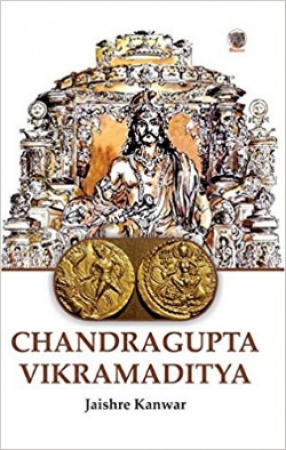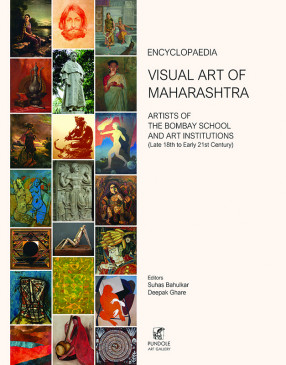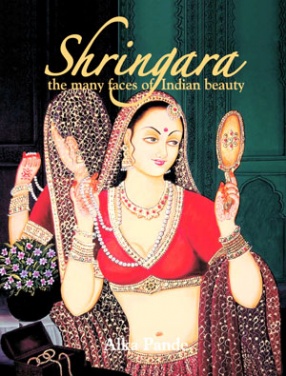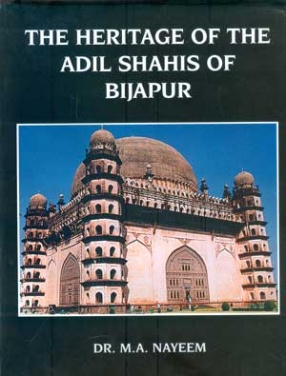Chandragupta Vikramaditya: A Great Emperor
Chandragupta II (also known as Chandragupta Vikramaditya Shivansh) was one of the most powerful emperors of the Gupta Empire in India. His rule spanned c. 380 – c. 415 CE during which the Gupta Empire reached its peak. Art, architecture, and sculpture flourished, and the cultural development of ancient India achieved new heights. The period of prominence of the Gupta dynasty is often referred to as the “Golden Age” of India. A strong and vigorous ruler, Chandragupta II was well qualified to govern an extensive empire. Some of his silver coins bear the title Vikramaditya (Sun of Valour), which suggests that he was the prototype for the king Vikramaditya of later Hindu tradition. Although the emperor generally resided at Ayodhya, which he made his capital, the city of Pataliputra (now Patna in Bihar) also achieved prosperity and grandeur. A benevolent king under whom India enjoyed peace and relative prosperity, he also patronized learning; among the scholars at his court were the astronomer Varahamihira and the Sanskrit poet and dramatist Kalidasa. The Chinese Buddhist pilgrim Faxian, who spent six years (405–411) in India during Chandragupta II’s reign, spoke highly of the system of government, the means for dispensing charity and medicine (the emperor maintained free rest houses and hospitals), and the goodwill of the people. But he never visited the emperor or his court. Chandragupta II was a devout Hindu, but he also tolerated the Buddhist and Jain religions.
Get it now and save 10%
BECOME A MEMBER







Bibliographic information